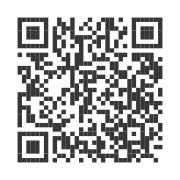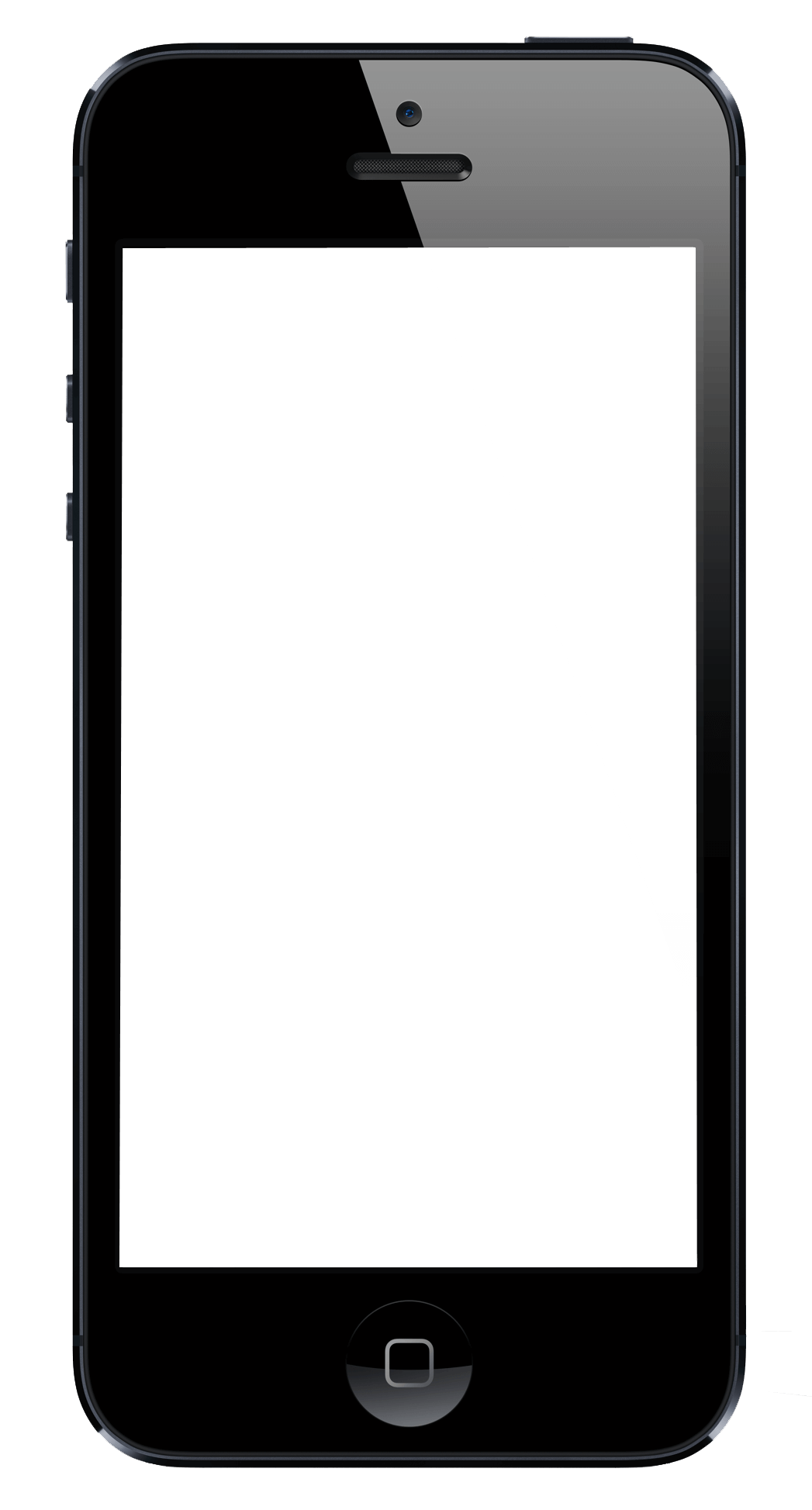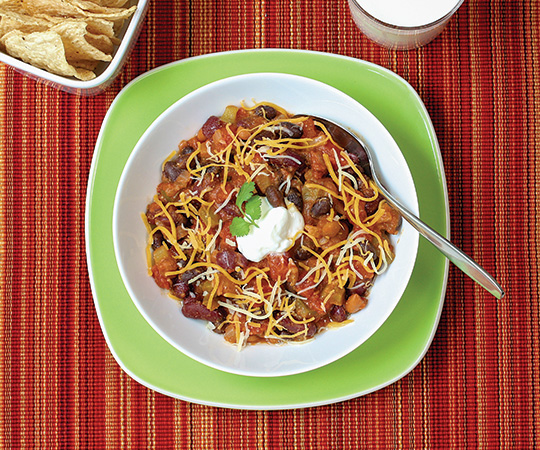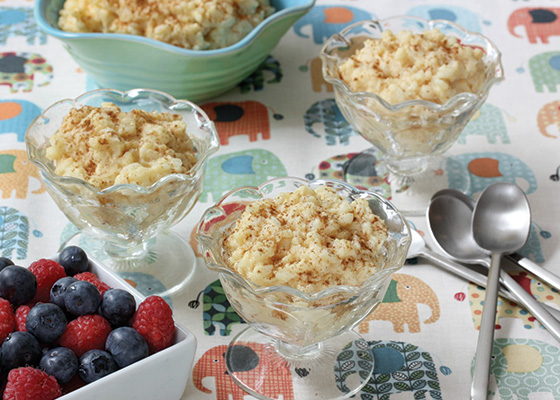


It was finally payday! Maria’s cabinets were almost empty and she planned to go grocery shopping after work. With her organized list in hand, she was ready! She was excited to finally cook something new since her family was getting tired of leftovers.
But when Maria picked up her daughter Katie from preschool, she had a fever; Maria took her straight to the doctor. After waiting several hours at the clinic and with a sick little one, there was no way she could get to the store.
She would have to make do with what she had at home.
It happens to all moms at some point — those perfectly timed plans you’ve made can be ruined in minutes. That’s why all moms need to have a “Plan B” up their sleeve!
Whether it’s time, money or transportation that keeps you from getting food in the house, keeping some essential items in your pantry (and a few standbys in your fridge) can help you make some quick, yummy meals. To make canned foods taste better, add spices! Don’t be afraid to add garlic powder, dehydrated onion, cumin, curry, etc. To reduce the sodium, drain canned foods and rinse. Finally, don’t be afraid to experiment and look on the Internet for recipes using pantry items.
Here are some must-have pantry staples to always keep on hand:
Pasta or rice
Canned tuna, salmon, clams or chicken
Dried beans or lentils
Canned chickpeas, white beans or refried beans
Jarred or canned tomato sauce/pasta sauce
Tomatoes, seasoned tomatoes
Canned cream of mushroom or chicken soup
Evaporated milk
Chiles
Canned green beans, carrots, mixed vegetables
Flour, cornmeal, cooking oil, spices, honey
Soy sauce
Powdered chicken broth
Tostada shells
Check out these quick and easy dishes
you can make using items you may
already have on hand!

a few eggs, mayonnaise, pancake mix and some cheese in the fridge you can also make these:




Install this web app on your iPhone: tap ![]() and then Add to Home Screen.
and then Add to Home Screen.
Side-Lying Hold
This hold is useful when:
Cross-Cradle Hold
This hold is useful when:
Clutch or “Football” Hold
This hold is useful when:
Cradle Hold
This hold is useful when:
Laid-Back Hold
This hold is useful when: